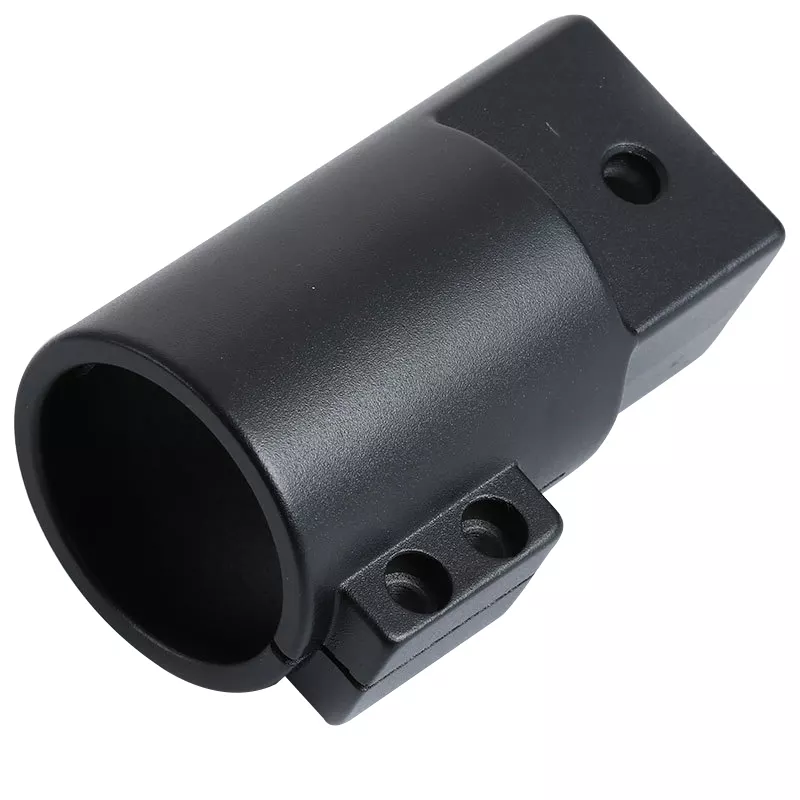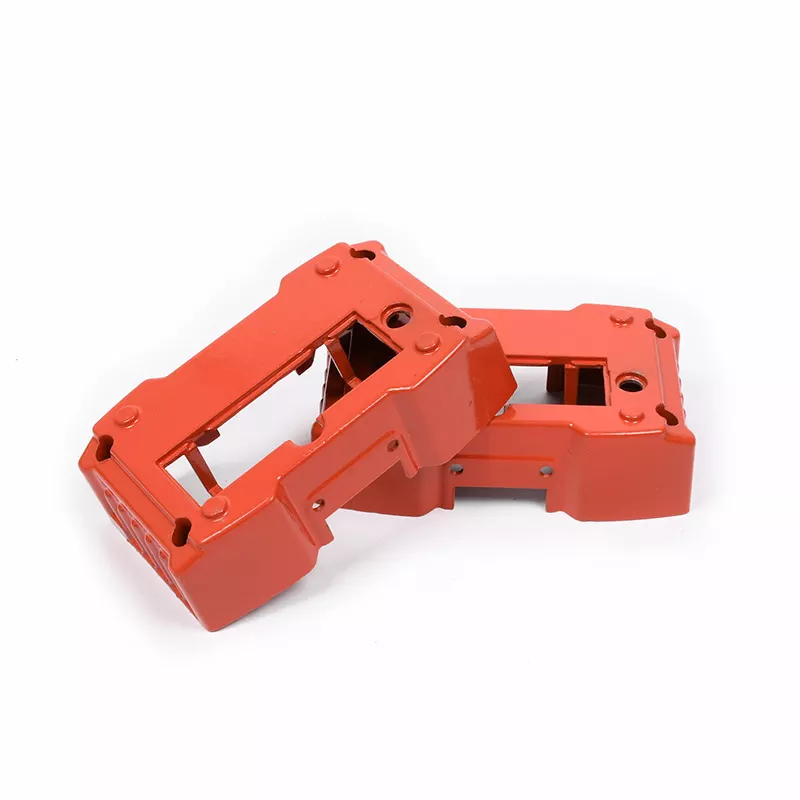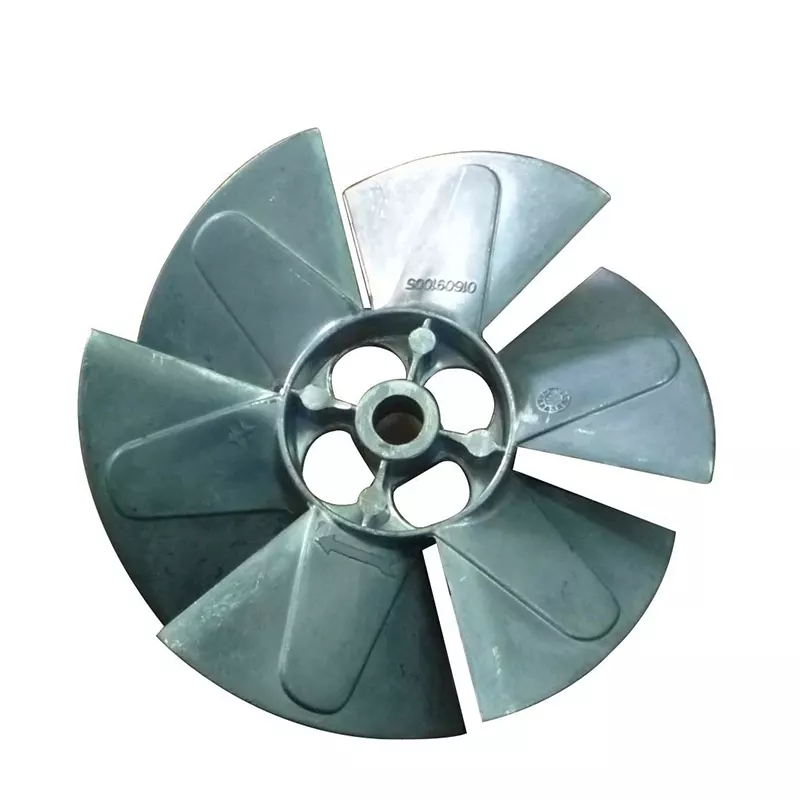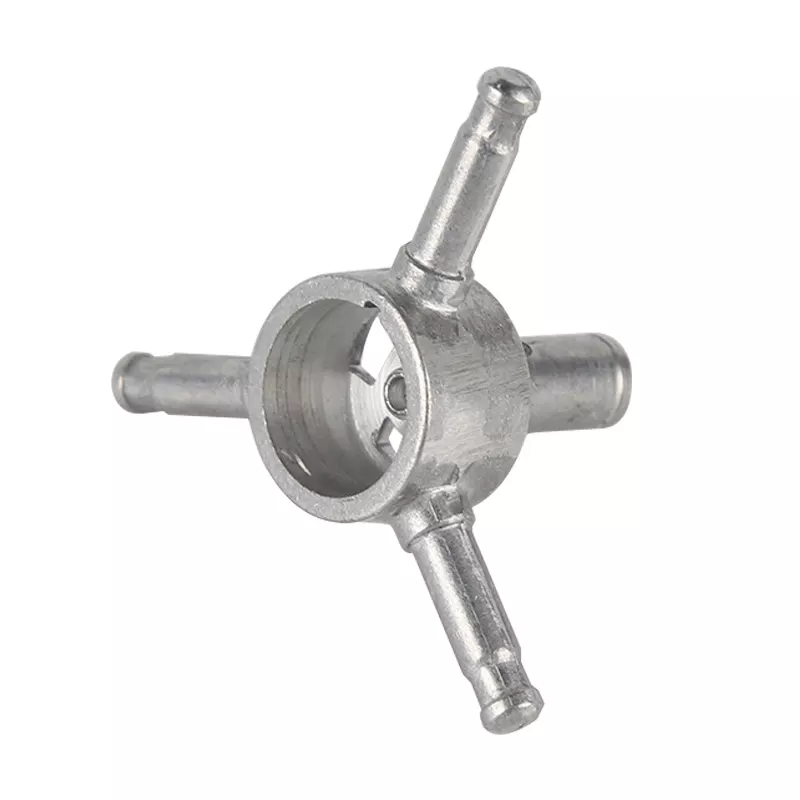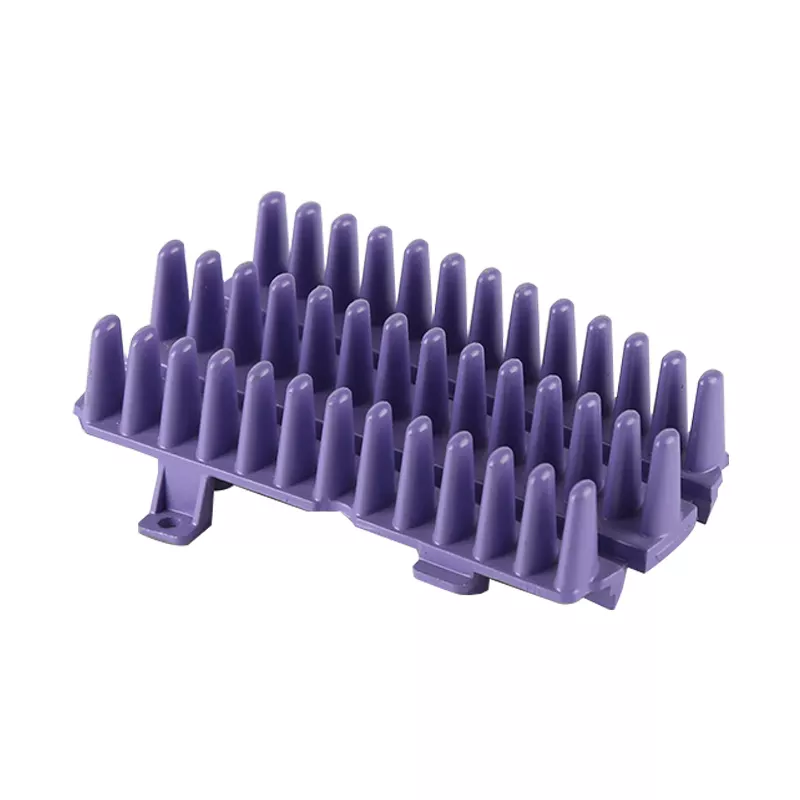Multi-station progressive die is a high-precision, high-efficiency, and long-life die developed on the basis of ordinary progressive die. It is an important representative of technology-intensive die and one of the development directions of die.
In addition to punching and blanking, this kind of mold can also complete forming processes such as beading, punching, bending, and deep drawing according to the characteristics and forming properties of the part structure. It can even complete the assembly process in the mold. When stamping, after the strip or strip is fed from the entrance end of the mold, under the condition of strictly controlling the step accuracy, in accordance with the order of the forming process, through the continuous stamping of each station, the final station is punched or punched. After cutting, stamping parts that meet product requirements can be punched out. In order to ensure the normal operation of the multi-station progressive die, the die must have a high-precision guidance and an accurate distance system, equipped with automatic feeding, automatic discharging, safety detection and other devices.

Therefore, the multi-station progressive die is more complicated than the ordinary die, and has the following characteristics:
It can be seen from the above that the structure of the multi-station progressive die is relatively complex, and the mold design and manufacturing technology requirements are high. At the same time, there are corresponding requirements for stamping equipment and raw materials, and the cost of the mold is high. Therefore, it is necessary to conduct a comprehensive analysis of the workpiece before mold design, and then reasonably determine the stamping process plan of the workpiece, and correctly design the mold structure and mold parts processing procedures to obtain the best technical and economic benefits. Obviously, there are many differences in stamping process, mold structure design and mold processing between using multi-station progressive die for stamping and stamping with ordinary die. This chapter will focus on the differences in stamping process and die design. Place.
Layout Design Of Multi-station Progressive Die
Layout design is one of the keys to the design of multi-station progressive die. Whether the layout drawing is optimized or not is not only related to the use of materials
Rate, the accuracy of the workpiece, the difficulty of mold manufacturing and the die casting service life, etc., are also related to the coordination and stability of the mold stations.
The layout of stamping parts on the strip material must ensure the completion of each stamping process, accurate feeding, and progressive stamping; at the same time, it should be convenient for mold processing, assembly and maintenance. The shape of stamping parts is ever-changing. To design a reasonable layout drawing, you must learn from a large number of reference materials and accumulate practical experience in order to successfully complete the design task.




